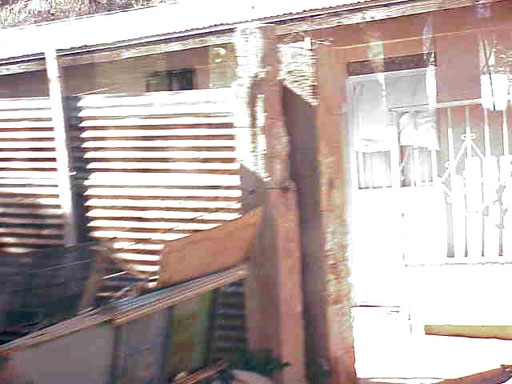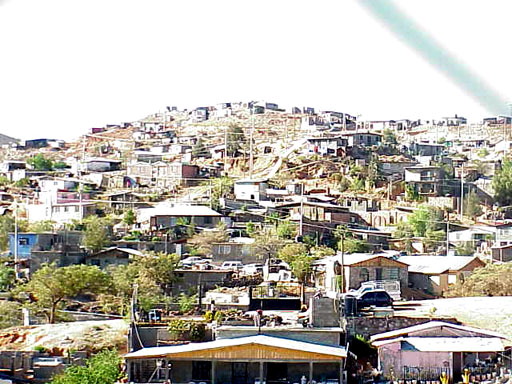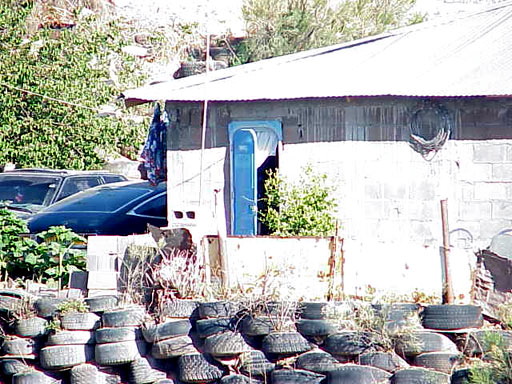

What Americans need to know about Mexico?
Nogales, Sonora is a border city that I will never forget. The poverty, overcrowding, and lifestyle of Mexican people in this area really made a deep impression on me. The Border links trip that our Migration and Culture class took on April 8th, was an enlightening experience for me.
When we crossed the border and drove into the city the bright colors of the
town was incredible. I have never seen so many yellows, blues, reds and orange
colors painted on buildings. This culture is so different from the average
American plain brick, glass and earth tones buildings that you see in American
Midwestern cities.

When we drove further into the city past the businesses we could then start to see the poverty. The poorly constructed houses that these people, who are working for such low wages, have to live in is unbelievable. Never in my life have I seen such poverty. Many of the families work in the Maquiladoras (border factories that produce goods for foreign companies) for salaries that we as Americans can not even fathom. The average wage for a ten-hour day is less that an American teenager makes for one hour of babysitting. Sixty percent of the population lives below the poverty level (Community Health in the borderlands: overview May 1980).
These photos
are just some of the living conditions that Mexican families have to live in
because of the poverty here in Nogales. The working conditions at the Maquiladoras are far from what we as Americans
would consider reasonable. The long ten-hour days with only two (the owner of
the plant told us this) breaks a day, we may not know the truth. Having to ask
permission for a bathroom break and working three and half-hours a day just to
buy a gallon of milk, (Torres article p.p. 17), would seem to Americans
unbelievable working conditions.
The working conditions at the Maquiladoras are far from what we as Americans
would consider reasonable. The long ten-hour days with only two (the owner of
the plant told us this) breaks a day, we may not know the truth. Having to ask
permission for a bathroom break and working three and half-hours a day just to
buy a gallon of milk, (Torres article p.p. 17), would seem to Americans
unbelievable working conditions.
Globalization brought the Maquiladoras to the border
towns, and along with their factories came unhealthy living conditions and
environmental disaster. The Maquiladoras generate toxic byproducts that are
unsafe for the workers and the community. For instance, the rate of hepatitis A
caused from drinking the contaminated water is three times the national average.
(Community Health in the borderlands: overview May 1980) Even though NAFTA laws
mandates that Maquiladoras return all hazardous wastes to their country of
origin there are data gaps in the reports of just how much is really transported
out of Mexico (Article by Cyrus Reed). It seems obvious to me that not enough
hazardous waste is taken care of correctly if the environment and diseases are
so prevalent in these border towns.

The knowledge that I have gained traveling to Nogales, from the poverty I have seen to the unbelievable living and working conditions in the Mexican border town is the biggest educational experience that I have had. This trip has opened my eyes to a world that I would have never been exposed to had I not been given this opportunity. I think it brought the level of understanding of what life is like in other countries, to a more reality of life outside of the United States. Just reading about poverty and unbelievable living conditions does not impact a person like being in the midst of it.
Return to Migration Home Page
Return to Deborah Jenkins Home Page